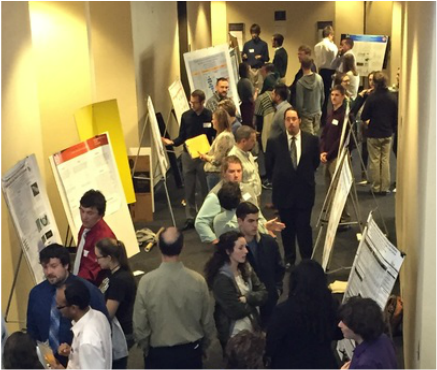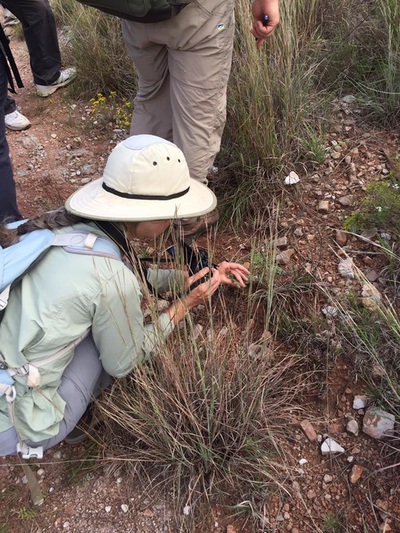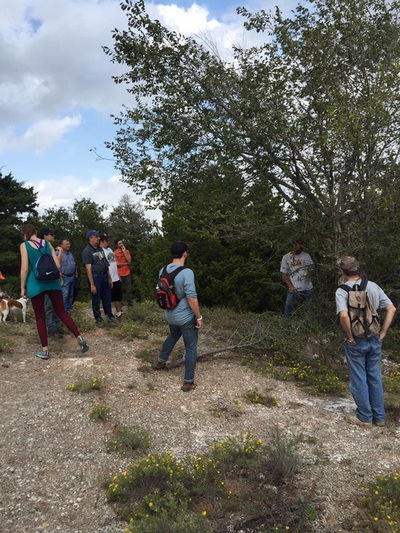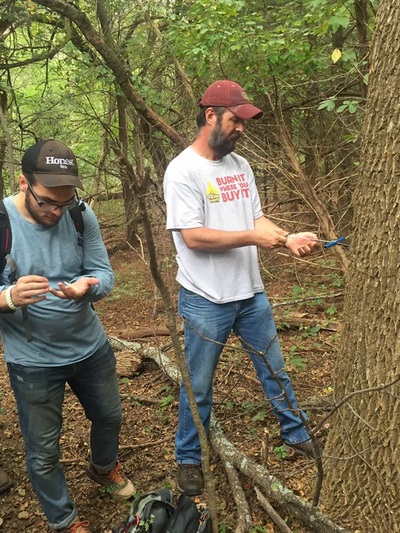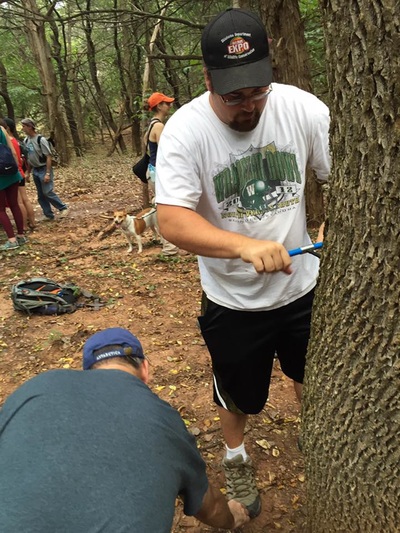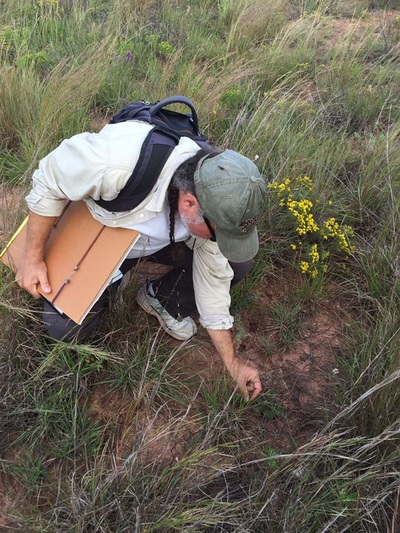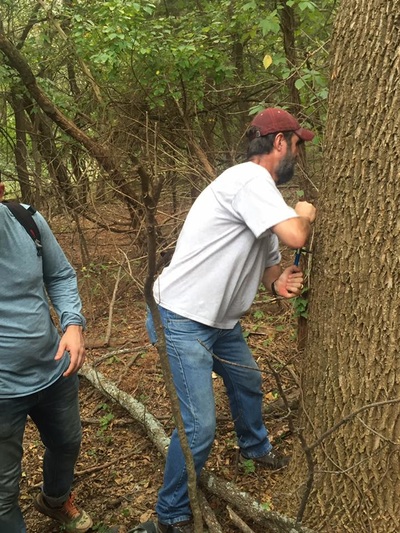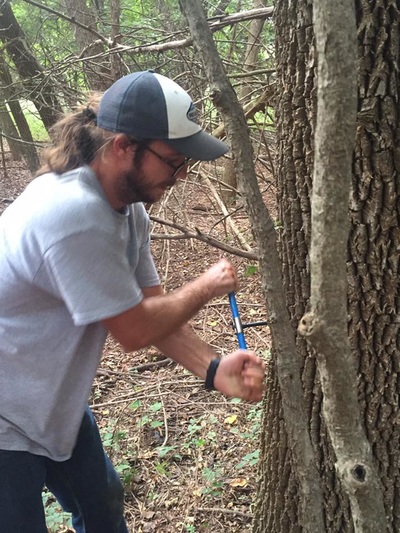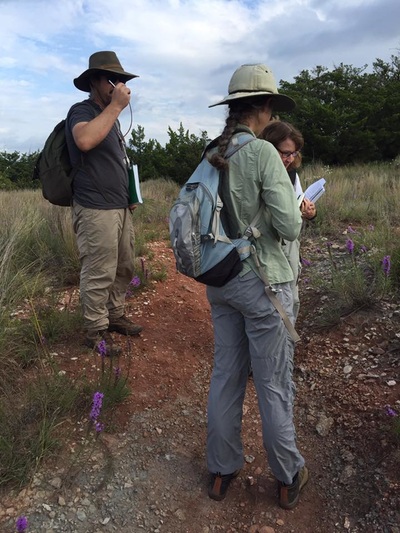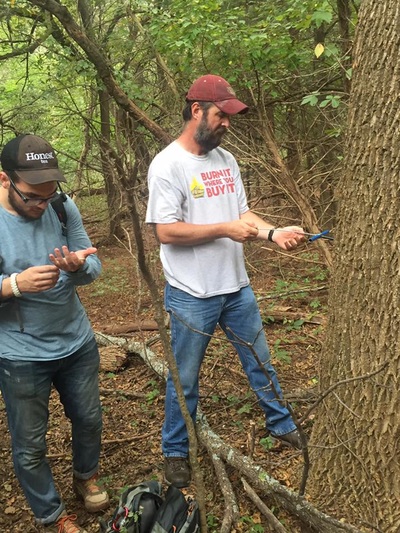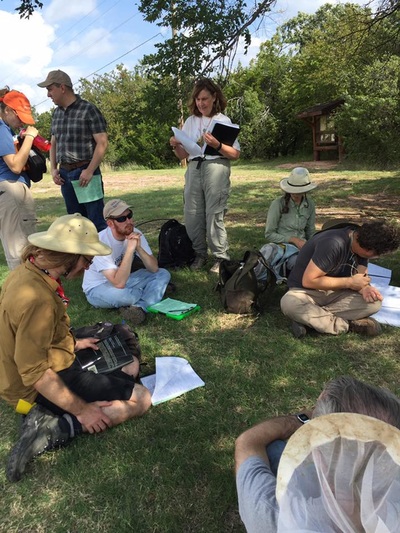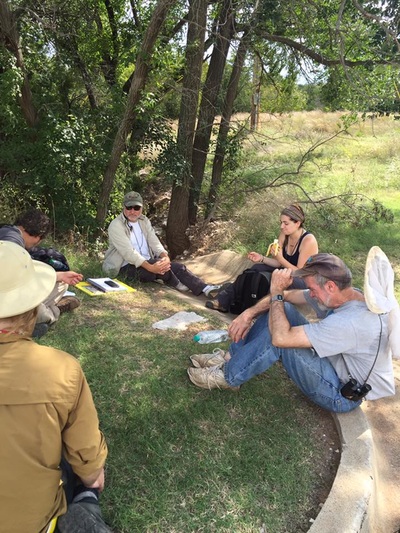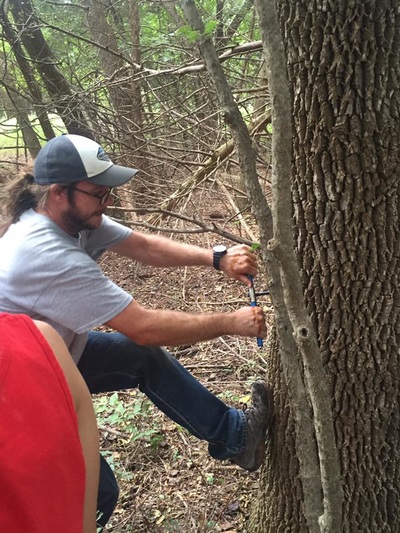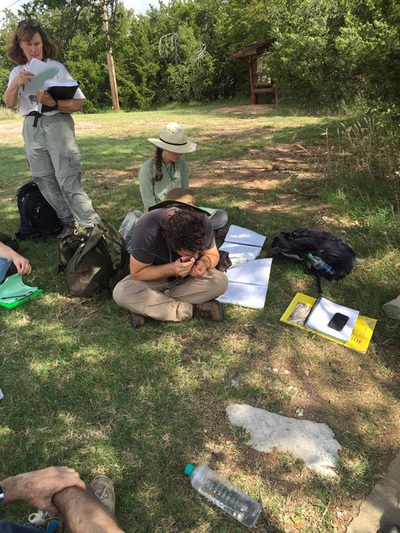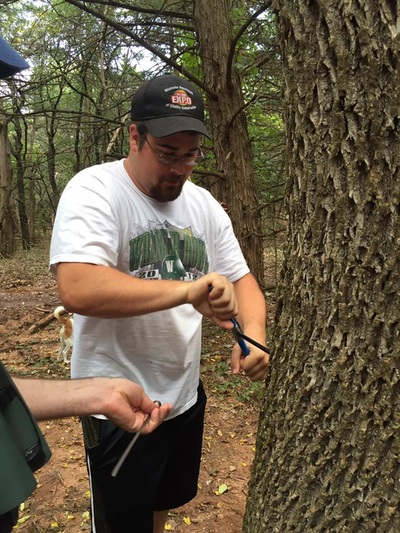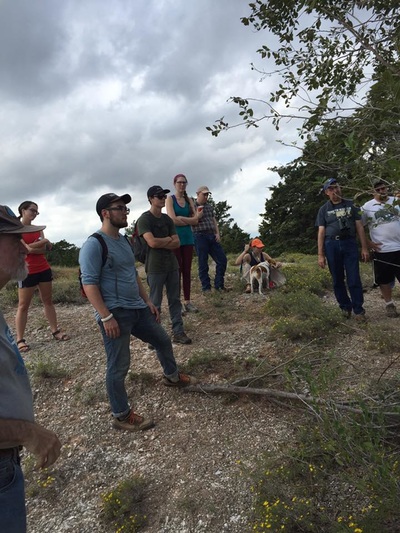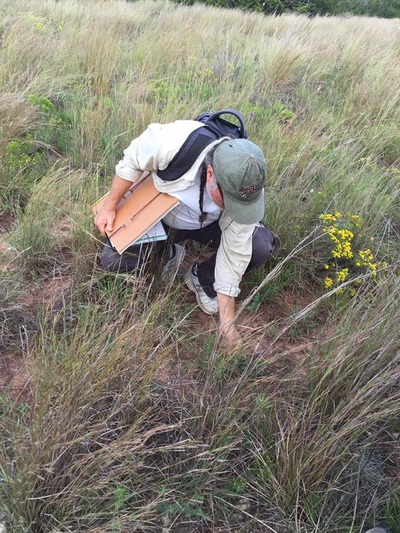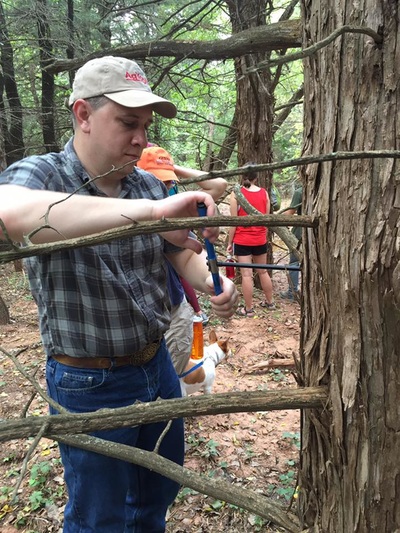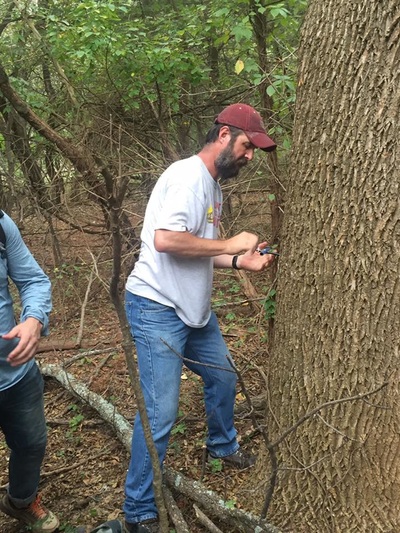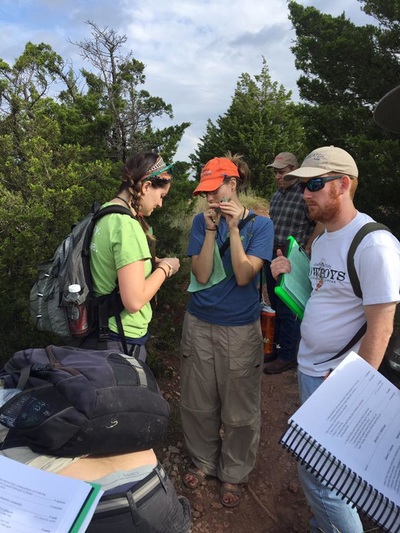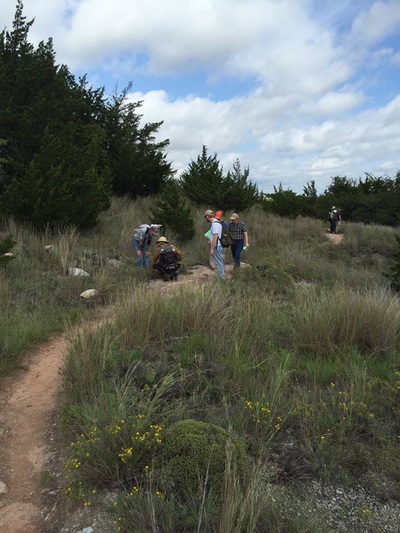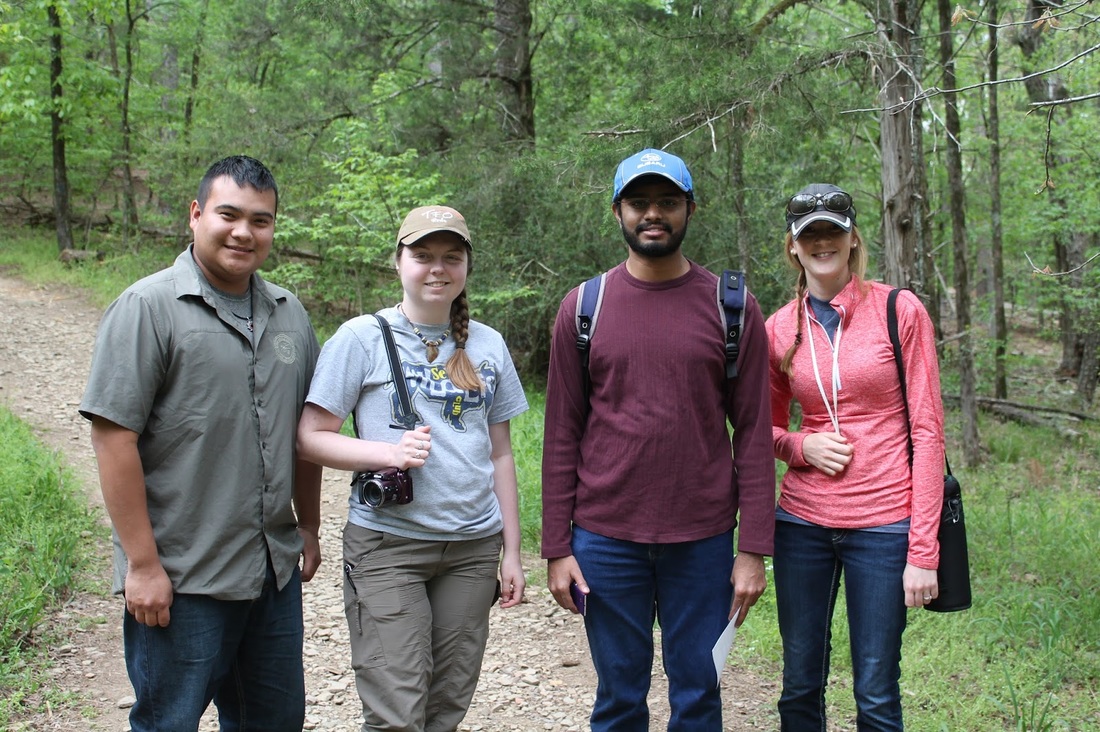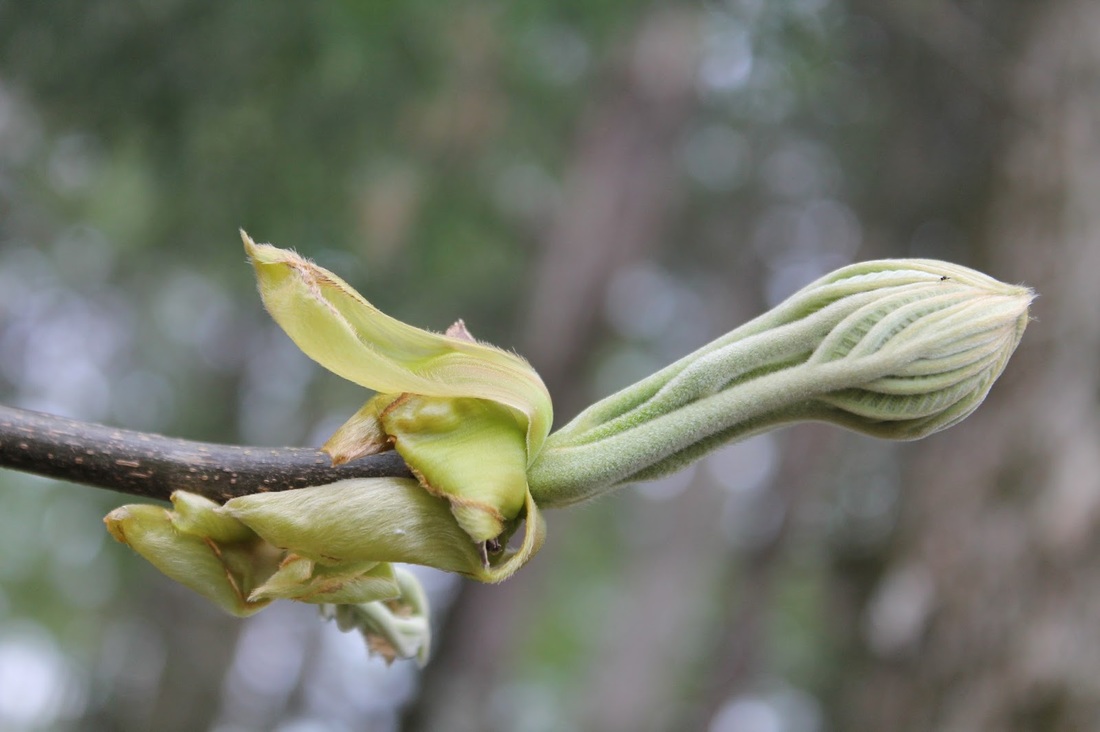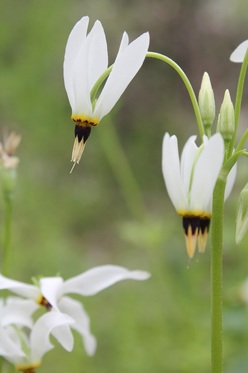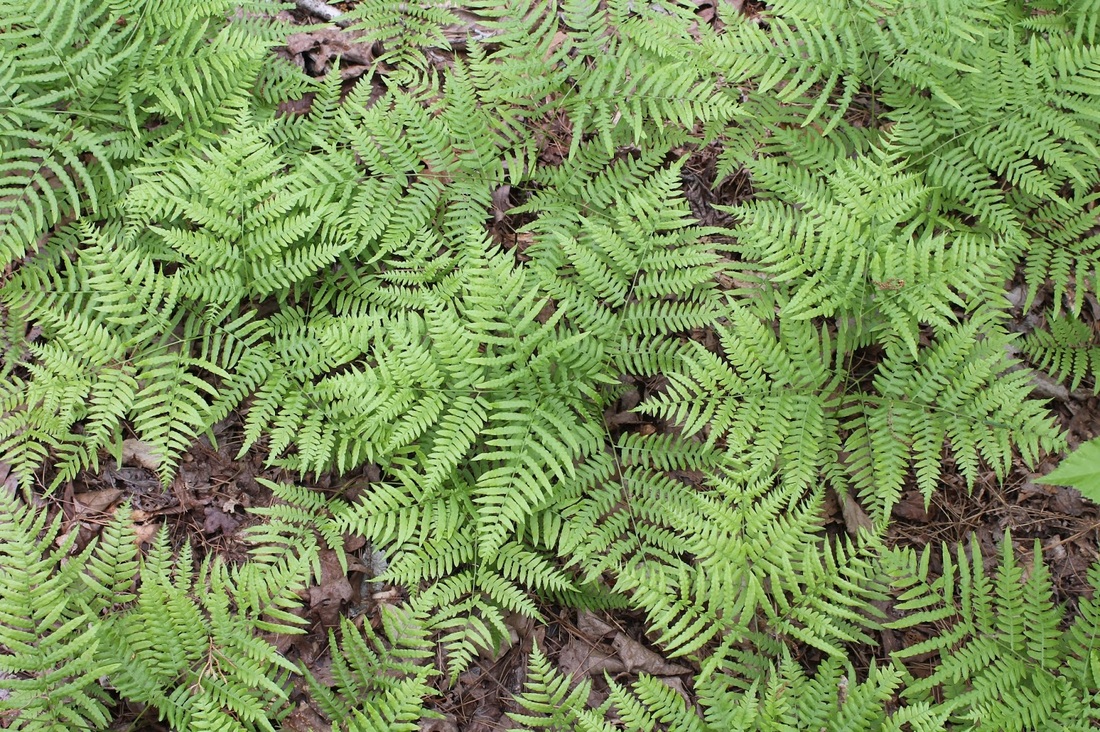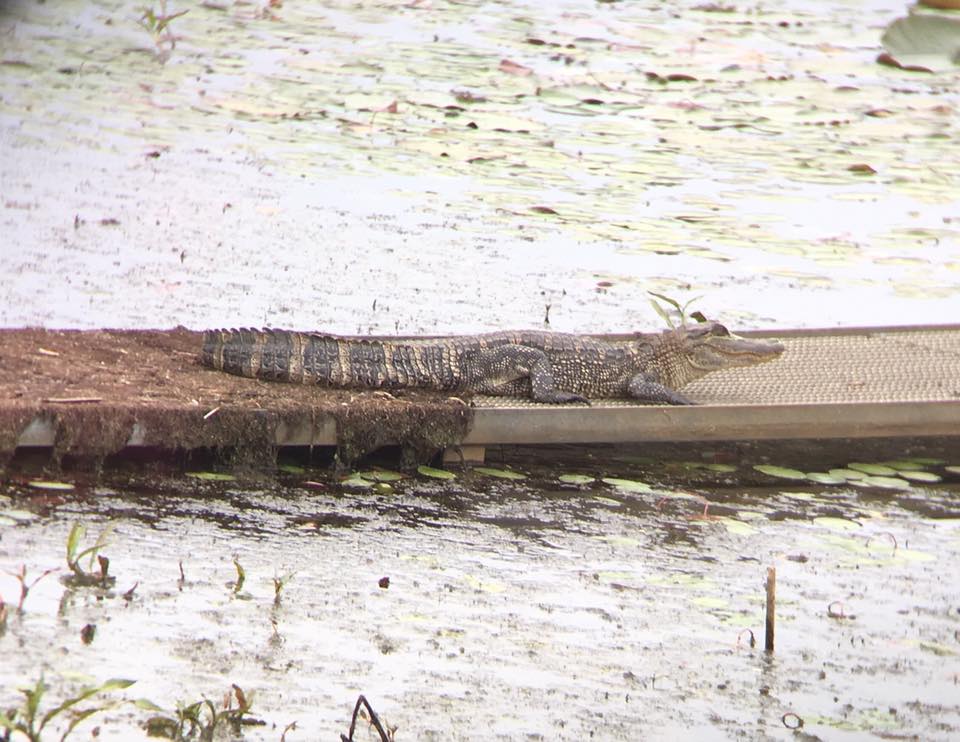|
“The 150th of the Washita: The Science Behind the Details”
On November 27, 1868, Lt. Colonel George Armstrong Custer led the 7th U.S. Cavalry on a surprise dawn attack on a Cheyenne village led by Peace Chief Black Kettle. The event was an example of the tragic clash of cultures that occurred during the Great Plains Wars. It is also a place of remembrance and reflection for those who died here. Presented by Mr. Kevin R. Mohr Chief of Interpretation & Operations Washita Battlefield National Historic Site Speaker Bio: Mr. Mohr began his National Park Service career as a park guide at Carlsbad Caverns National Park in New Mexico in 2007. Three years later, he joined the staff at Everglades National Park as the Volunteer Coordinator. Mr. Mohr arrived in Western Oklahoma as the new Chief of Interpretation and Operations at the Washita Battlefield National Historic Site in September 2014. Prior to his government employment, Mr. Mohr was a Peace Corps Volunteer in Senegal, West Africa, from 2004 to 2006. Mohr holds a Master of Arts degree in Recreation from the University of New Mexico and a Bachelor of Science degree in Recreation and Physical Education from Catawba College in North Carolina. Although he mostly grew up in Florida and was born in Wisconsin, he and his two kids now call Cheyenne, Oklahoma, home.
4 Comments
If you have a couple of extra hours to spend in Weatherford after the OAS meeting, consider the following museums.
Stafford Air and Space Museum The Stafford Air & Space Museum is named in honor of Weatherford native and legendary test pilot and astronaut, Lt. General Thomas P. Stafford. The museum is considered as one of the finest and most comprehensive air and space museums in the central United States and encompasses over an acre of exhibits under one roof. The museum is located about 0.5 miles west of exit 84 on I-40 at the north end of the Weatherford airport. OAS attendees get a $1 discount with their OAS name tag. College students get in for only $3 + tax (with a student ID). Heartland of America Museum The Heartland of America Museum opened on June 12, 2007. Here, visitors can see - up close and personal - many artifacts from the late 1800s through the 1950s as they walk through the 32 major historical exhibits and nearly 40 aisle cabinet exhibits. The museum is located in Weatherford, Oklahoma and is visible on the south side of Interstate 40 between exits 82 and 84. Brochures for both museums will be available at the OAS registration desk. Registration is now open for the 107th Annual Technical Meeting of the Oklahoma Academy of Science, held on Friday, November 2, 2018 at Southwestern Oklahoma State University in Weatherford. See Technical Meeting page for details.
Attendees that wish to present a poster or oral presentation should complete the "Individual Registration" below. Information regarding poster and oral presentation criteria and student competition information can be found on the Collegiate Academy page. For those of you interested in staying overnight on Thursday, there two motels are offering discounts for OAS participants for the night of 1 November: Best Western Plus, 525 East Main Street, (580) 772-3325. The motel is located about 1 mile south of campus. Ask for the OAS rate ($89.99). Comfort Inn and Suites, 1311 East Main Street, (580) 772-9100. The motel is located about 1 mile south and 0.5 miles east of campus. Ask for the OAS rate ($93.00, double occupancy). Both motels provide free, in-room Wi-Fi and breakfast. For those of you who enjoy the products of fermentation, Best Western has an adjacent lounge. When making reservations, please inform the desk attendant if taxes should not be charged. Contact information for other motels in Weatherford may be found on the Weatherford Chamber of Commerce web site. Registration for the 2016 OAS Annual Technical Meeting is now open and early registration will remain available until noon on Friday October 28. This year the meeting will be held at Oklahoma State University’s Center for Heath Sciences in Tulsa on Friday November 4.
Please note that the new registration process does not require a separate registration for those who are presenting at the meeting. It may be of interest to some that group registration for those not presenting is also available. Over 140 students and professionals attended the recent fall field meeting at Roman Nose State Park. In addition to the well-organized field trips, we were treated to two great evening presentations. Dr. Liz Bergey (OU) discussed Land Snails on Friday night, while on Saturday night Dr. Wyatt Hoback (OSU) presenting his research on the American Burying Beetle.
Not even a few thunderstorms could damper our spirits. Folks are already looking forward to the Spring Field Meeting tentatively scheduled for March 31-April 2 (2017) at Robbers Cave State Park. The spring field meeting of the Oklahoma Academy of Sciences was at Beaver’s Bend State Park in extreme southeastern Oklahoma, very close to Texas and Arkansas. In addition to the trip leader (botanist Gloria Caddell of the University of Central Oklahoma), myself, and a couple of other professors (Bill Caire and Clark Ovrebo), we had four students: David Batton (Grayson Co. Community College), Taylor Walker and Gokul Mariventhan (Southeastern Oklahoma State University), and Tracy Holshouser (University of Central Oklahoma). It was a soft, overcast day with fresh light green foliage all around us. The hickory buds were just beginning to open. On our various botany hikes, we recognized at least fifty species, and there were many more we overlooked. The canopy trees, much taller than in the central Oklahoma forests, were pines, sweetgums, oaks, and hickories. Lots of hophornbeam and sugar maple grew as understory trees. The last spring ephemerals were finishing up. Perhaps the most striking flowers were the Dodecatheon meadia shooting stars. One of the students, David Batton, works for the Choctaw Nation and is familiar with some plants of cultural importance to his tribe, as they are also to mine (the Cherokee tribe). We found yaupon holly bushes, which many Eastern tribes used to make the “black drink” for ceremonial purposes (we don’t recommend its recreational use; there is a reason it is calledIlex vomitoria), and one bois-d’arc tree, with strong flexible wood that is superior to others for making bows. We also found river cane, the stems of which are useful to many tribes for making arrows and blow darts. Our visual senses were satiated with beauty but we used our other senses also. Monarda russeliana leaves had the beautiful fragrance associated with the beebalm genus, and on this trip, as on every other, I never fail to get the students to eat the young shoots of Smilax greenbriar. The students were very observant. One student noticed that several different plant species, including Oxalis violacea andMonarda russeliana, had red pigment on the undersides of the leaves, which helps plants in deep shade absorb more light for photosynthesis. Another student noticed that the bracken fern leaves had a fractal pattern to them. But the most observant of us was Clark, who showed us that the easily-overlooked whitish scum on decomposing oak logs was not simply fungal hyphae, as I had assumed, but actual microscopic reproductive structures: the perithecia of the ascomycete Biscogniauxia atropunctata. The natural world reveals wonders to anyone who stops to look closely and ask questions.
There were also zoology field trips. Students and faculty visited the Little River National Wildlife Refuge and Red Slough Wildlife Management Area in McCurtain County. They observed 82 species of birds, as well as herps and mammals. Highlights included American Bitterns at Duck Slough, Anhingas at Red Slough, and Prothonotary, Hooded, and Black-and-white Warblers at Little River NWR. Photograph by Chris Butler. You can now follow us on Facebook, Twitter, and Instagram. Click on the social media links below or on the HOME page.
Folks have been working diligently on a new "user-friendly" web design for OAS. We hope you like it. Please feel free to provide comments.
|
Archives
October 2018
Categories |
